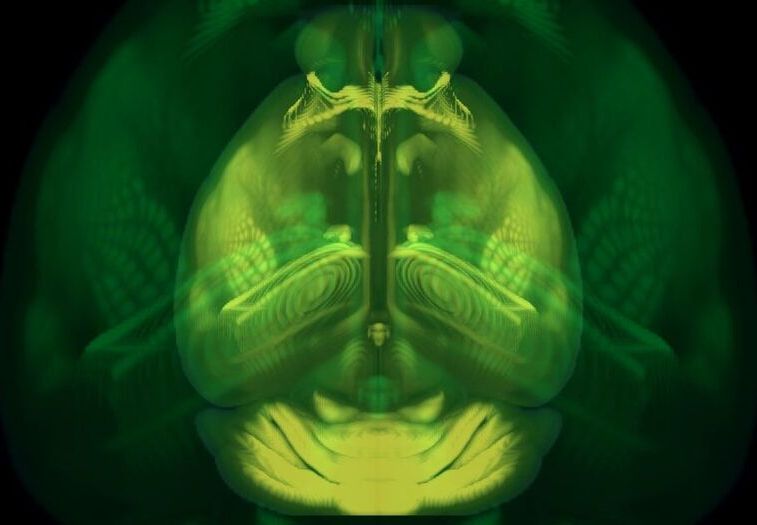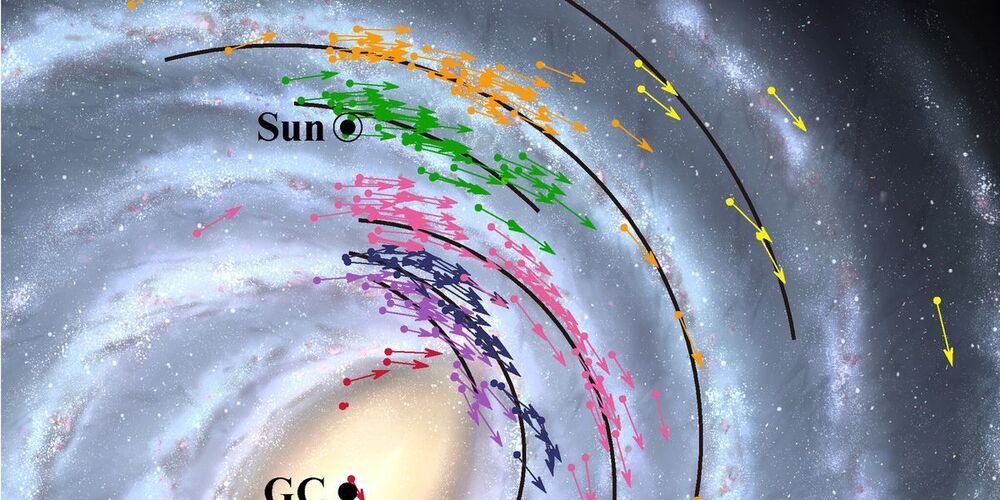Congratulations Director Daniel Sollinger! You can watch the film in the US on Amazon Prime now!



IBM announced that global energy company BP has joined the tech giant’s quantum network as an industry partner to boost the use of quantum computing in the energy industry.
As a critic of modern life and technology, Ai-Da can draw thanks to artificial intelligence.





Researchers unlocked the electronic properties of graphene by folding the material like origami paper.
Researchers have found a way to use light and a single electron to communicate with a cloud of quantum bits and sense their behavior, making it possible to detect a single quantum bit in a dense cloud.
The researchers, from the University of Cambridge, were able to inject a ‘needle’ of highly fragile quantum information in a ‘haystack’ of 100000 nuclei. Using lasers to control an electron, the researchers could then use that electron to control the behavior of the haystack, making it easier to find the needle. They were able to detect the ‘needle’ with a precision of 1.9 parts per million: high enough to detect a single quantum bit in this large ensemble.
The technique makes it possible to send highly fragile quantum information optically to a nuclear system for storage, and to verify its imprint with minimal disturbance, an important step in the development of a quantum internet based on quantum light sources. The results are reported in the journal Nature Physics.
Researchers unlocked the electronic properties of graphene by folding the material like origami paper.
Researchers at the US Department of Energy’s Princeton Plasma Physics Laboratory have created a plan using liquid lithium to control the extreme heat that could strike the exhaust system inside tokamak fusion reactors.
A tokamak is a confinement device that uses a powerful magnetic field to confine plasma in the shape of a torus and whose work is to produce controlled thermonuclear fusion power.
Fusion, on the other hand, is the nuclear reaction that occurs when atoms collide and fuse together, releasing huge amounts of energy. This process is what powers the Sun.